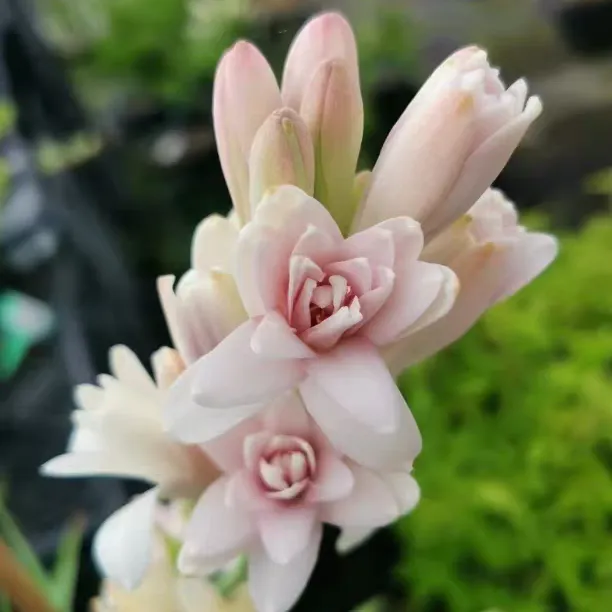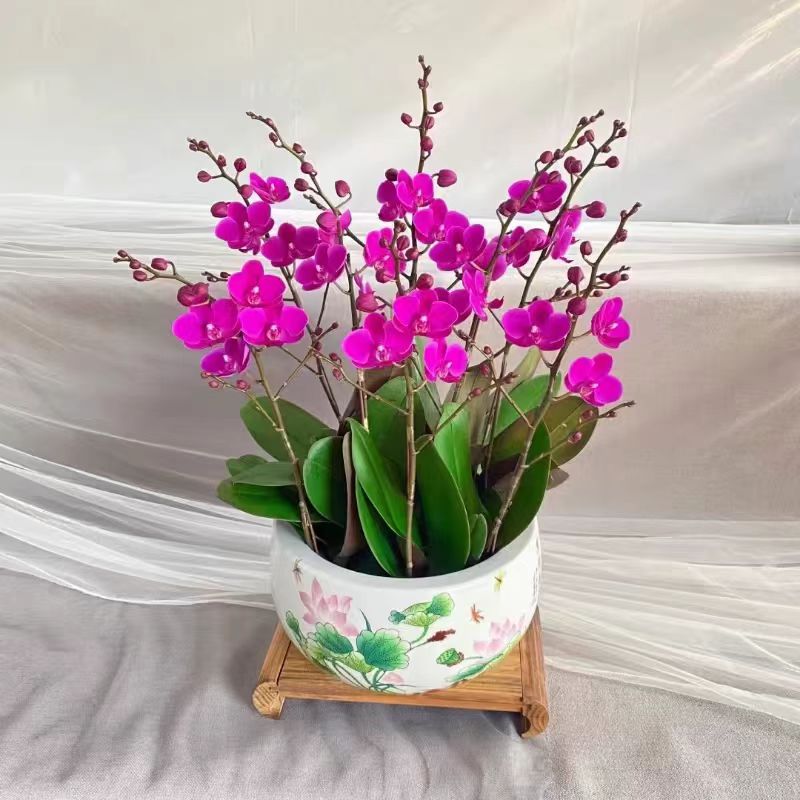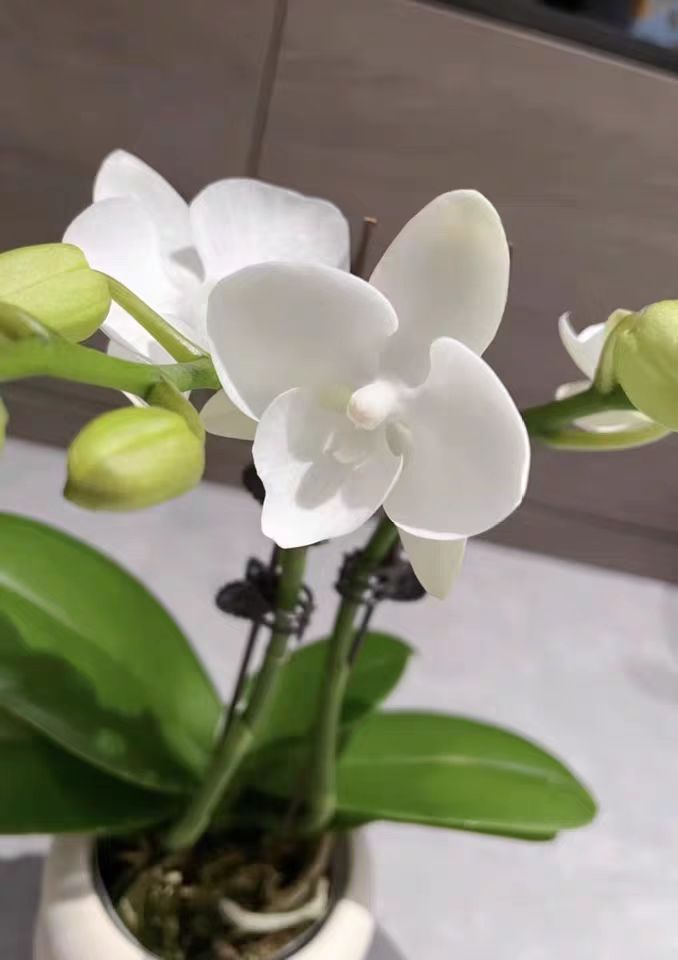Tuberose belongs to the genus Agave of the Asparagaceae family and is a perennial herb. The plant is tall, reaching up to one meter in height. Dark green linear leaves grow densely at the base, while pure white and fragrant flowers bloom at the top. Especially in the evenings of summer nights, these flowers are even more fragrant, making people intoxicated.
The flowering period of tuberose is mainly from July to September. However, under suitable climatic conditions, it can bloom continuously throughout the year, bringing a constant beautiful scenery to your daily life.
Tuberose is not only safe and harmless but also a treasure all over. Its flowers can be used for ornamental purposes, and can also be extracted into spices and essential oils for making beauty and skincare products such as perfume. In addition, the flowers of tuberose are edible and can be paired with various ingredients to create unique flavors. Its roots have medicinal value and help to clear away heat and toxins in the body.
Tuberose is mainly propagated by bulb division. Between March and April, take out healthy bulbs and soak them to make them fully absorb water. Bulbs with a diameter of more than 2 centimeters can bloom in the same year, while smaller ones need to wait until the next year.
The seeds of tuberose germinate best in the temperature range of 25°C to 30°C. They will break through the soil in about a week after sowing. If planted in the ground, choose a sunny plot with good drainage. Apply base fertilizer and then plow and work the soil thoroughly. If planted in pots, ensure that the potting soil is loose and fertile, and apply an appropriate amount of decomposed fertilizer as base fertilizer.
During daily care, tuberose loves a sunny environment, but it needs to be shaded appropriately in high - temperature summers to prevent the leaves from being burned by the sun. In winter, measures should be taken to keep it warm, ensuring that the daytime temperature is not lower than 14°C and the night - time temperature is not lower than 2°C.
During the growth period of tuberose, the soil should be kept moist, but waterlogging should be avoided. Water thoroughly before the flower stem emerges and before blooming. After blooming, strengthen the management of fertilizer and water to promote the growth of the bulbs. Emphasize the application of nitrogen fertilizer in the initial stage of growth. Apply thin cake liquid fertilizer 3 - 4 times a month during the growth period, especially more before the flower stem emerges and before blooming. Reduce the frequency of fertilization in high - temperature summers. Regularly check the plants and promptly detect and deal with pests and diseases.
Winter is the dormant period of tuberose, and warming measures are required. Move the plants indoors or into a greenhouse for maintenance. Keep the indoor temperature appropriate and reduce the frequency of watering and fertilization to ensure that the plants survive the winter safely.
When does the Anxiangyu flower?

Share with
Tagged in :




Leave a Reply